Galloping in a winter wonderland
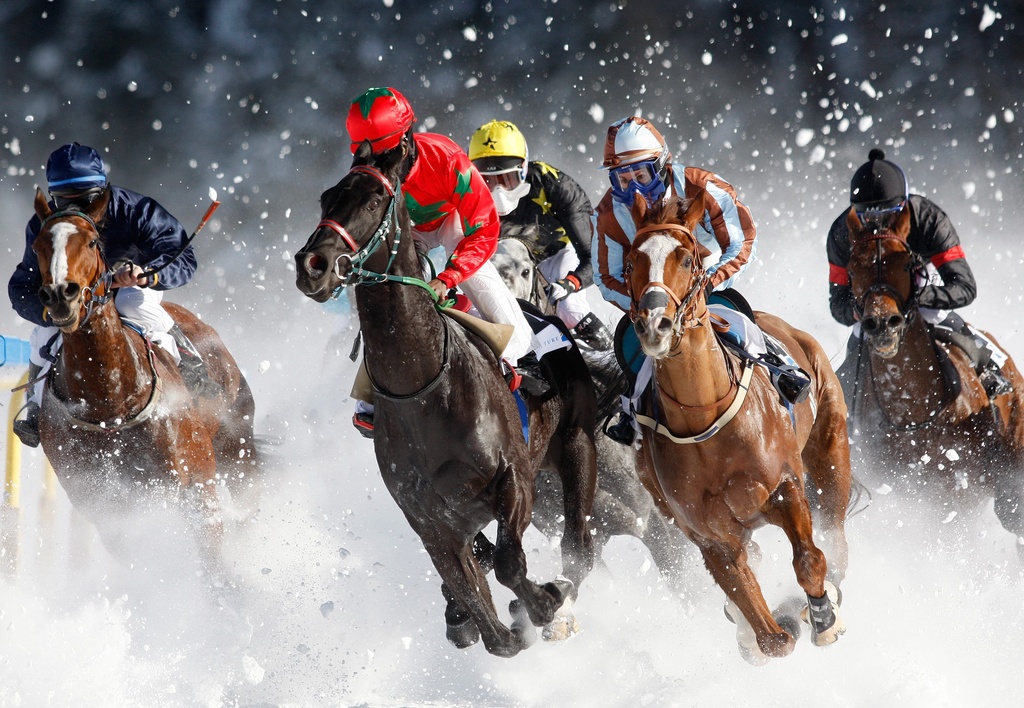
Thoroughbreds thunder past kicking up clouds of ice from the manicured frozen racetrack. A gemstone’s throw away, jet-setters in ankle-length fur coats sip champagne.
This is the 103-year-old White Turf horse race meeting on St Moritz’s snow-covered lake, which reaches a climax on February 21. Some 30,000 visitors – race fans, holidaymakers and socialites – gather every year from home and abroad.
The White Turf is the most important event on the Swiss racing calendar, with trotting, flat racing and skijöring races – skiers pulled behind rider-less horses – held on courses up to 2.7 kilometres.
Surrounded by the spectacular snow-capped Engadine mountains, the exclusive event held at an altitude of 1,800m on three consecutive Sundays attracts international jockeys from all over Europe looking to win a share of the SFr400,000 ($370,300) prize money.
“It’s a little more attractive than standing at Lingfield racecourse [in Britain] on a rainy Tuesday night,” laughed Barbara Keller, who worked for ten years on the White Turf board.
Keller felt White Turf had secured its place on the international racing calendar, growing stronger over recent years, pulling in much better quality racehorses from Ireland, England, France, Italy and Germany.
“And lots of international racing people who might not have a horse running also come down to meet and exchange ideas,” she said.
Christian von der Recke, a champion trainer from Baden Baden in Germany who races all over Europe, agreed that the event was very special.
“You can have a cracking time,” he said.
Not cruel
Von der Recke dispelled the idea that racing on packed snow was a cruel or dangerous pursuit for horses.
“The main problems are that it’s high and the temperatures can get very cold,” he said. “When we went into the stables this morning, it was minus 20. Some horses don’t like it that cold. And obviously there are problems breathing up here.”
“You can never tell beforehand which horse likes it up here and which doesn’t. You can only bring them here. They are like humans: some sleep well and others have bad nights.”
Horses used to wear purpose-built steel shoes which were very heavy, but now use lighter plates with spikes on the side and front.
Strong horses
“But they don’t hurt the horse,” said Swiss jockey Miguel Lopez, who won the Grand Prix Prestige on February 14. “It’s a fast ground, the snow flies around your head. You need strong horses.”
Jockeys wear ski goggles and plastic motocross face masks as protection on the icy track.
Skijöring, which is unique to St Moritz, is much more hazardous for the rider than the horse. A skier is pulled at speeds of up to 60km/h across the snow.
“The first curve is quite dangerous, since it’s narrow and the horses could step on your skis,” said Swiss racer Franco Moro. “You have to watch out and make your space by pushing the horses away. Hopefully you get through. If not, the horse will continue on its own.”
Difficult form
On race day hundreds of four-wheel drives are parked on the lake, where the ice is reckoned to be 70cm thick, alongside 80 sumptuous marquees serving VIPs and packed stands for 3,000 people.
“All together that’s 3,500 tons on the frozen lake. But according to physics there’s absolutely no risk,” said White Turf director Rudolf Fopp.
Like every race course, visitors to the White Turf also like to have a flutter. But betting on races here is much less scientific than elsewhere, said von der Recke.
“For any other track in the world you can browse the internet by form, and you’ll see how well your horse does under a certain condition. But White Turf always has different conditions. That’s what makes it so fantastic,” he said.
Nicola Rubino, who was visiting with his girlfriend and friends from Milan, agreed that choosing a horse was more like potluck.
“We just choose the name we prefer,” he laughed.
People watching
The organisers estimate that around half of the visitors to the White Turf come for the racing. The rest are here to sample the oysters and champagne, listen to the jazz music, show off their short-legged Chihuahua with its designer Montcler jacket, or just to people watch.
“We come for the atmosphere. To have a drink and something to eat – and it’s interesting to see all these rich people,” said a British tourist.
Eighteen-year-old Branko Vidic from St Moritz had also come down “to party, watch people and have a bet”.
But with their baseball caps and baggy jeans, Vidic and his friend Paco Raps, stood out among the White Turf jet-set and their race-day uniform of fur coat, designer jeans and Davy Crockett hat.
“They are so ugly. I hate these people; they just come here to show how rich they are,” he said.
Simon Bradley in St Moritz, swissinfo.ch
Horseracing has been staged on the frozen lake of St Moritz for 103 years. The sport of skijöring first took place on the road between St Moritz and the village of Champfer in 1906.
Skijöring involves a person on skis being dragged behind a riderless horse around the 2,700-metre track at speeds of up to 50km/h.
The “turf” is a 70cm-thick layer of ice that forms the winter crust of St Moritz lake, situated at 1,800m above sea level in canton Graubünden.
This year’s event takes place on February 7, 14 and 21.

In compliance with the JTI standards
More: SWI swissinfo.ch certified by the Journalism Trust Initiative

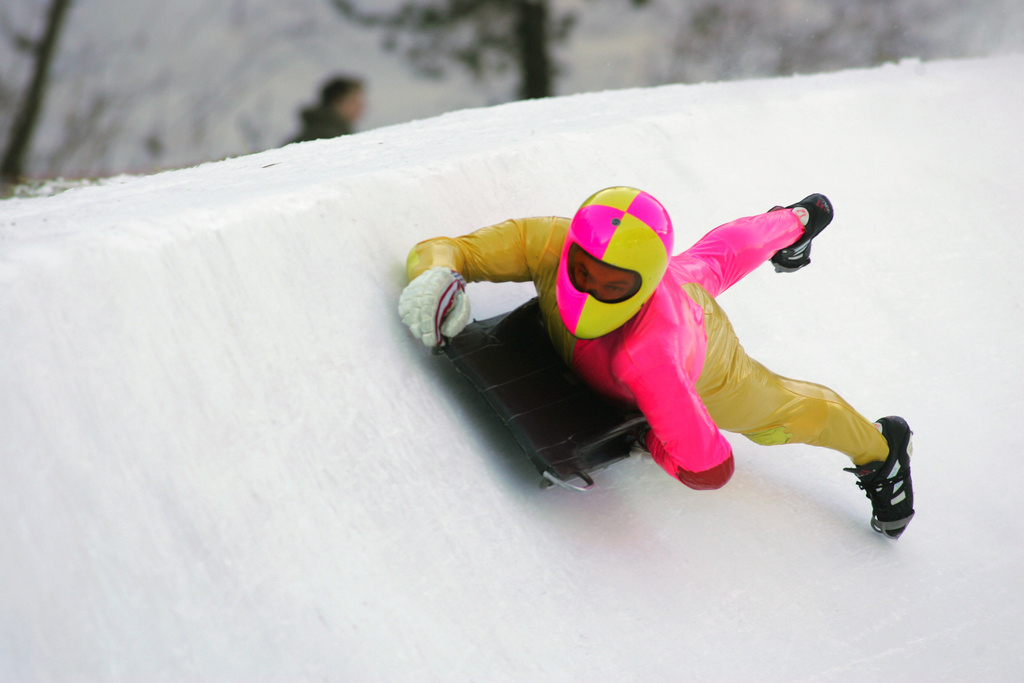
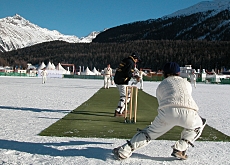
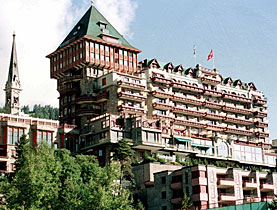
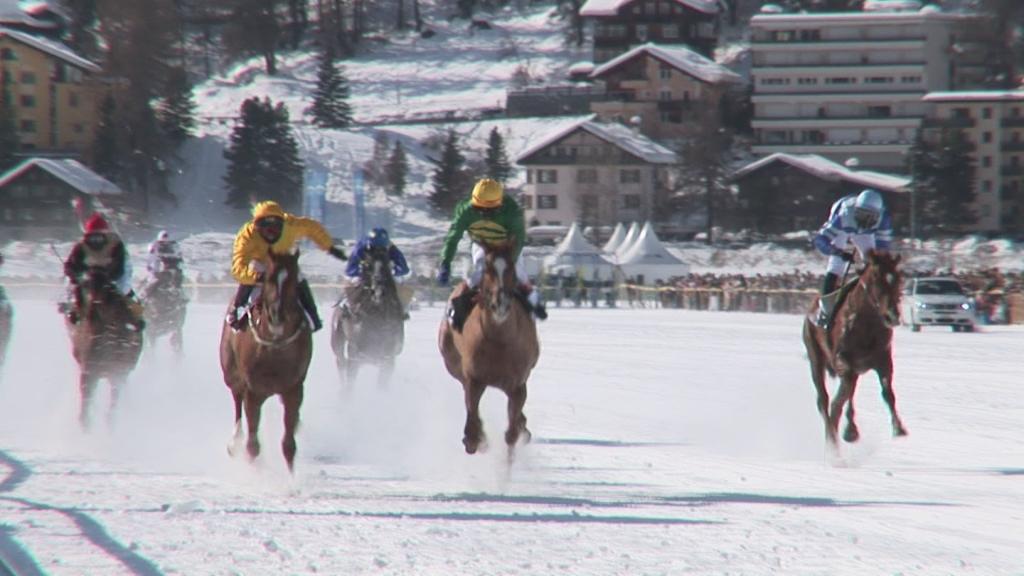
You can find an overview of ongoing debates with our journalists here. Please join us!
If you want to start a conversation about a topic raised in this article or want to report factual errors, email us at english@swissinfo.ch.